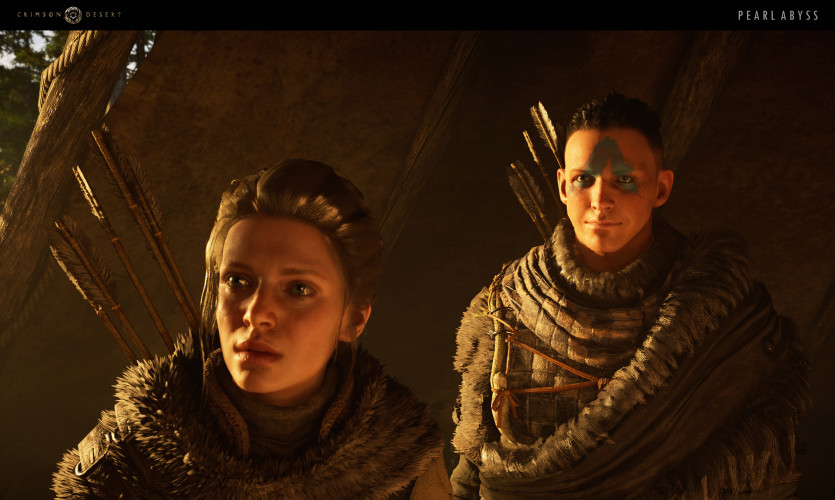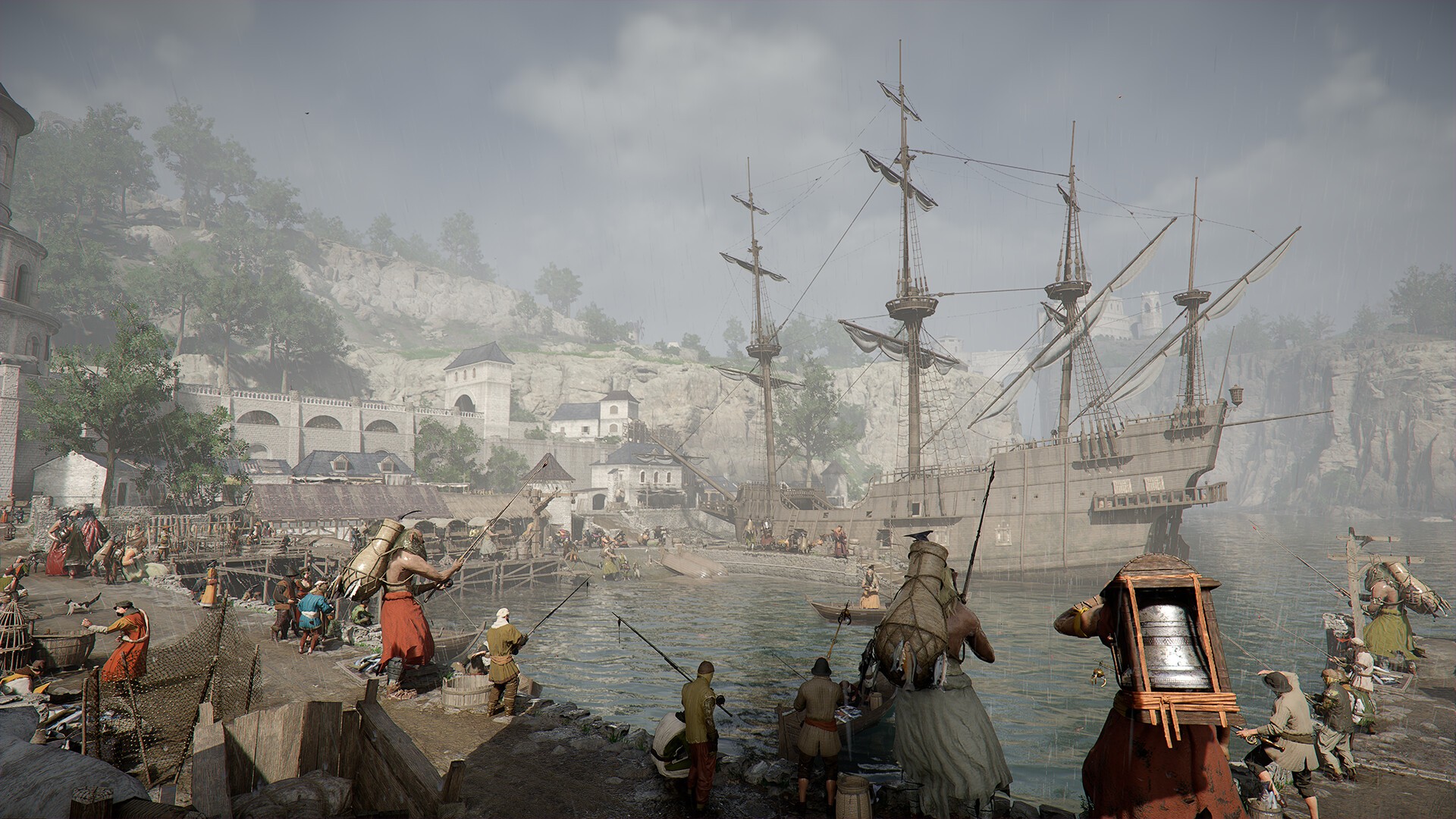
Often the objects that you exhibit are present only through their absence – through the negative space that they might have taken up or through an effect left on a surface. The video comes out of the same technology, basically. We’re going to have one hanging on the wall and one, I think, will be horizontal, which you would look down on. SP: Yes, huge light boxes which were almost two metres high, and up to about seven metres wide there’ll be a couple of those in the show. I am thinking about works like “Bob”, and “Danny”, which you showed in your last exhibition at Mission Road in LA.
#CRIMSON DESERT STEAM SKIN#
You have used this mapping technique on human skin before, but then you showed only still images. We’re going for ultra-high resolution, which isn’t usually the goal, or even realistic, for something like a mapping programme.

It’s the same general idea behind Google Maps, where they send a plane to take a lot of photographs and then turn it into a continuous image.
#CRIMSON DESERT STEAM SOFTWARE#
I won’t say too much, but it comes out of this technology I’ve been working with in the last year and a half, to gather huge amounts of data using a camera, from fairly microscopic areas of people’s skin, and then use software to knit together these photos into huge, high-resolution, continuous images. It’s going to be a silent piece that should have some mystery to it. We’re working on a video for the entrance area over the grand staircase, and trying to figure out the logistics of hanging a screen that’s parallel to the floor and the size of the staircase area. SP: I’ve been making some new wall-hanging works, and new sculpture. On the Stedelijk’s website it is described as “a comprehensive overview of your artistic career.” Besides showing existing pieces, are you also producing new works? You’re in the middle of producing an exhibition that will be shown at the Stedelijk Museum in Amsterdam.

( THIS INTERVIEW WAS PRINTED IN DUTCH IN METROPOLIS M NR 2-2017.) The interview below is a condensed version of our discussion. Myth making is always around the corner context and content, theory and fiction are always on the verge of blurring. And though Price is very involved in the discourse around his work – he has contributed catalogue texts to his own exhibitions, has given lecture-performances on his work, has written his own press releases and, perhaps most famously, he published a critical essay entitled “Dispersion” in 2002, at the outset of his career – rather than pinning his work down, these writings act as nodes that extend and further complicate it.

Just as these works draw attention to authorship and Price’s persona, they also point to the futility of these very concepts.
#CRIMSON DESERT STEAM SERIES#
He has told himself to go fuck himself (releasing a novel with the title “Fuck Seth Price”) and compiled a book of texts on “How to Disappear in America”, a recent exhibition was titled “Steh Pirce”, and one of his series of works (consisting of abstracted logos as patterns) is called “My life”. Beyond the fact that his output is extremely diverse – spanning a novel, poetry, records, sculpture, paintings, installations, videos and even a fashion line – the figure of the artist “Seth Price” itself seems unstable.

It’s exciting to meet him in person, in the flesh, when so much of his work seems to be about finding ways to renegotiate presence. I am meeting Seth Price in his studio in Midtown, New York, three months before the opening of his major show at the Stedelijk Museum, Amsterdam.


 0 kommentar(er)
0 kommentar(er)
